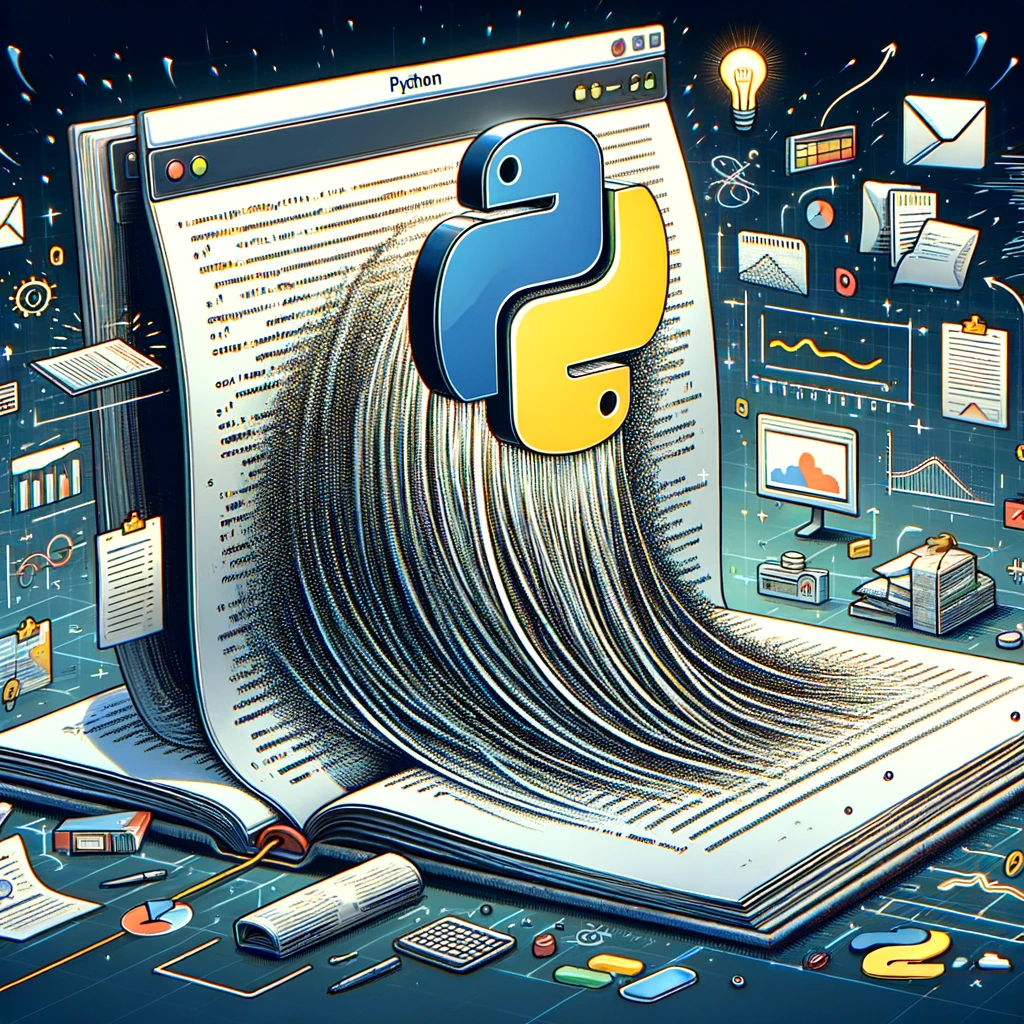Textual information surrounds us, from literature and articles to social media posts and customer feedback. However, for artificial intelligence (AI) systems to effectively analyze and comprehend this textual data, it needs to be transformed into a format that these systems can process. This is where the text embedding process, also known as vectorization, comes into play.
Text embedding, also referred to as vectorization, is a technique of converting textual data into numerical vectors or arrays of numbers. Each word, phrase, or document is represented as a unique vector, where similar texts have similar vector representations. This allows AI systems to work with textual data in a way that they can understand and process.
AI models, particularly deep learning models, operate with numerical data rather than raw text. However, this numerical data is not just a random collection of numbers; it is a carefully crafted numerical representation of the textual data. Text embeddings allow AI models to understand and process textual data by converting it into a meaningful numerical format.
For example, consider the words “dog” and “puppy.” While these words are clearly related in the context of canines, their raw text representations (sequences of letters) don’t convey this similarity. However, through text embedding, these words would be represented as numerical vectors that are close to each other in the vector space, reflecting their semantic similarity.
How Does Text Embedding Work?
The fundamental concept behind text embeddings is that each word is mapped to a unique set of numbers based on its context and relationships with other words. These word embeddings can then be combined to represent larger pieces of text, such as sentences or documents.
One way to visualize this is to imagine a list of vehicles (e.g., car, motorcycle, bicycle) and a list of furniture (e.g., table, chair, sofa). In the vector space created by the embedding process, the vehicle vectors would be closer to each other, while the furniture vectors would be further away from the vehicle vectors, reflecting their semantic differences.
Popular text embedding techniques include Word2Vec, GloVe, and BERT. Without going into technical details, these methods use neural networks and machine learning algorithms to learn the vector representations of words and texts from extremely large datasets of words, where semantic meaning and syntax can be more easily found.
Text embeddings enable various natural language processing (NLP) tasks, such as text classification (categorizing texts into different topics or sentiments), machine translation (translating text from one language to another), and language generation (generating human-like text output).
In the real world, text embeddings play a crucial role in applications like chatbots, content recommendation systems, and spam detection. For example, a chatbot powered by a retrieval-augmented generation (RAG) model might use embeddings to efficiently search through a large corpus of documents to find the most relevant information to answer a user’s query, avoiding the “needle in a haystack” problem of poorly embedded data.
Limitations of Text Embedding
While text embeddings have been instrumental in advancing NLP and AI, the embedding process is not without limitations and challenges. One significant challenge is the need for large amounts of high-quality training data to learn accurate vector representations. Additionally, the computational complexity of these methods can be a hurdle, especially for resource-constrained environments.
Another limitation is that text embeddings may not always capture certain nuances or context-specific meanings of language, leading to potential misunderstandings or errors in downstream applications.
Ongoing research aims to address these challenges by developing more efficient and contextually aware embedding techniques, as well as exploring alternative approaches to representing and processing textual data.


